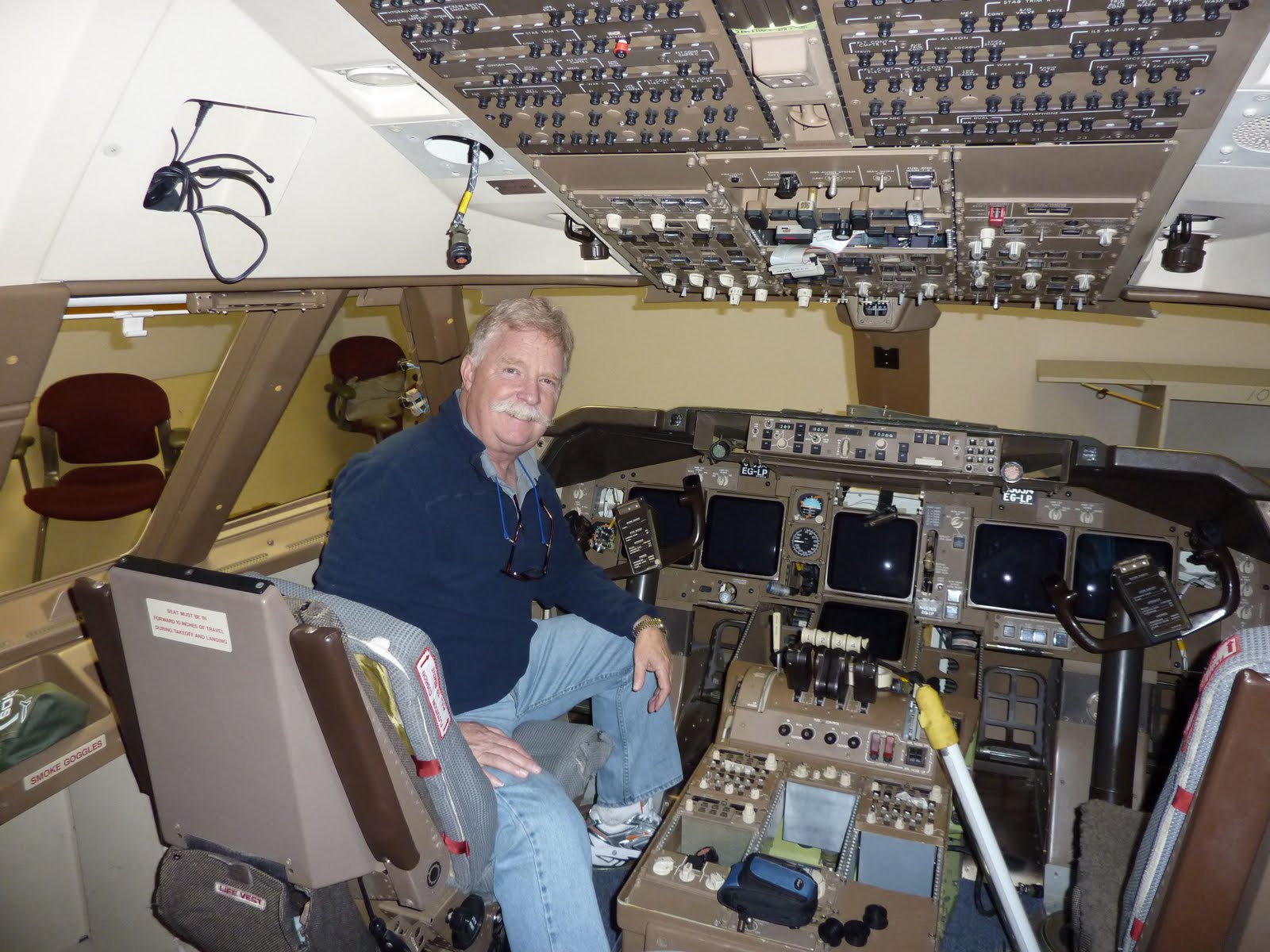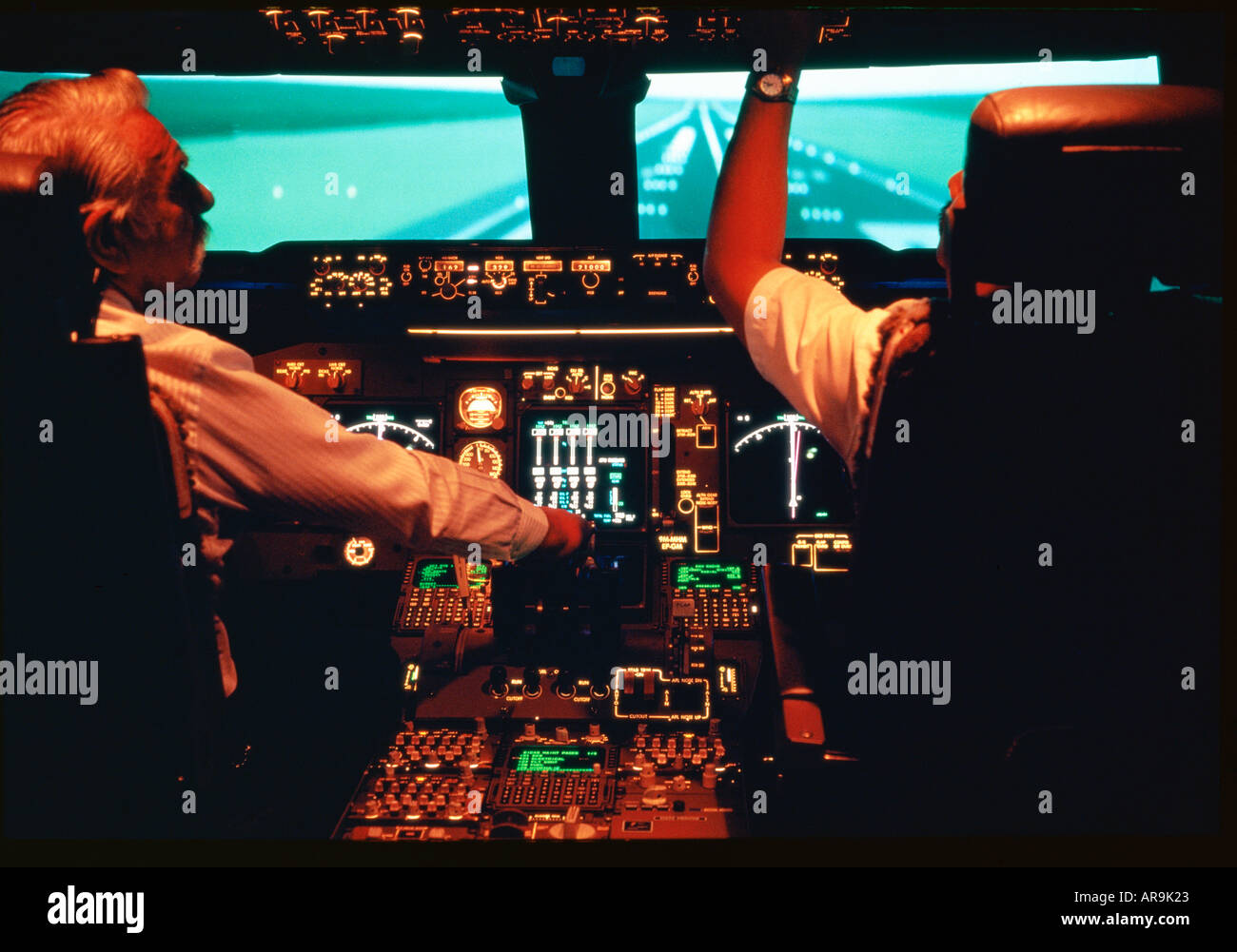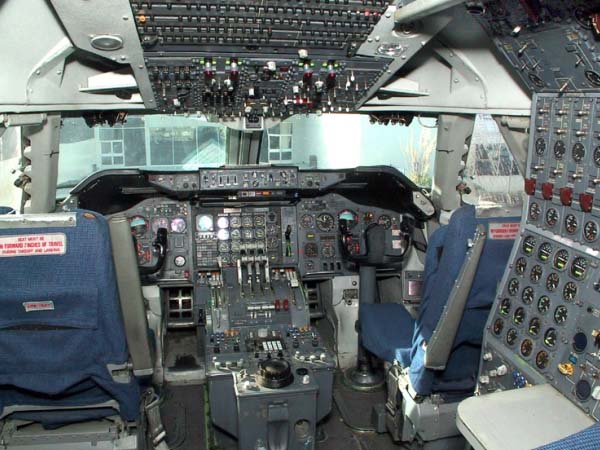

Now flying a 70-ton glider, Captain Chesley "Sully" Sullenberger was faced with two unattractive options: Turn around attempt to land back at LaGuardia or ditch the jet in the wide water runway known as the Hudson River. A flock of migrating Canada Geese had flown directly into the Airbus A320's path, with at least two birds getting sucked into the engines, rendering the turbines unable to produce enough thrust to keep the plane in the air. While climbing out of New York's LaGuardia Airport en route to Charlotte on a cold winter's day, US Airways Flight 1549 suffered one of every pilot's worst nightmares: the loss of all power. The Flight /// US Airways Flight 1549, January 2009 Matt Molnar is an avid planespotter who runs the aviation enthusiast site. The fact that there were survivors is a testament to the amazing airmanship of the plane's captain, Al Haynes. Unable to precisely manage the rate of descent, the plane tumbled and broke up after touch down, killing 111 of the 286 passengers and crew on board. The crew managed to roughly steer the crippled plane toward the airport in Sioux City, Iowa by carefully adjusting the thrust of the two remaining engines individually. Without hydraulics, the flaps, ailerons and rudder were uncontrollable, rendering it impossible to steer or adjust altitude. Shrapnel from the turbine blades blasted through the engine's housing and escaped, puncturing the tail's horizontal stabilizer and, more critically, severing all three of the jet's hydraulic lines. The Flight /// United Airlines Flight 232, July 1989Ībout an hour into a flight from Denver to Philadelphia, the tail-mounted engine on this Douglas DC-10 suffered what is referred to as an uncontained failure. And thanks to the personal televisions JetBlue offers at every seat, it marked the first time in history that airline passengers got to watch a live broadcast of their own emergency landing.

Fears that the nose wheel could suddenly twist back to its normal position during touchdown and cause the plane to veer off track were not realized.

Unable to find a solution in the air, the crew elected to circle for a couple of hours to burn off some fuel to reduce the risk of fire and make the plane lighter, while opting to land on one of Los Angeles International Airport's longer, wider runways for added safety. That's what happened aboard JetBlue's afternoon flight from Burbank, Calif., to New York on September 21, 2005. It's quite another when the nose wheel fails to retract because it has turned perpendicular to its natural position and refuses to budge. It's one thing when the landing gear refuses to retract after takeoff: Normally it ends with a simple return to the airport because the added drag would burn too much fuel too complete a safe journey to your destination. The Flight /// JetBlue Flight 292 at LAX, September 2005


 0 kommentar(er)
0 kommentar(er)
